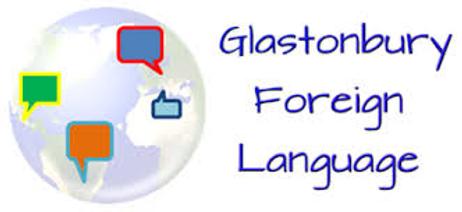We have divided the resources into four groups to help you find exactly what you want.
General
General Foreign Language Immersion Programs - This is an article with the most comprehensive list of websites. Here you can learn everything about language immersion programs, prepared by a Director of Foreign Language Education Center for Applied Linguistics. The site has great information about the features and trends of immersion programs over the years.
Benefits of Language Immersion - This website contains useful information about academic, educational, economic and socio-cultural benefits of language immersion programs.
Language Immersion and Language Study Abroad Programs - Here you will find an excellent list and information about schools or institutions offering total immersion programs across the best destinations around the world.
Centre for Applied Linguistics - This website discusses various points about language immersion programs like: The goal of an immersion program, its effect on verbal English, keys to a successful immersion program, as well as its advantages and disadvantages.
Two-way immersion programs
Two-Way Immersion Kindergarten Programs -





















